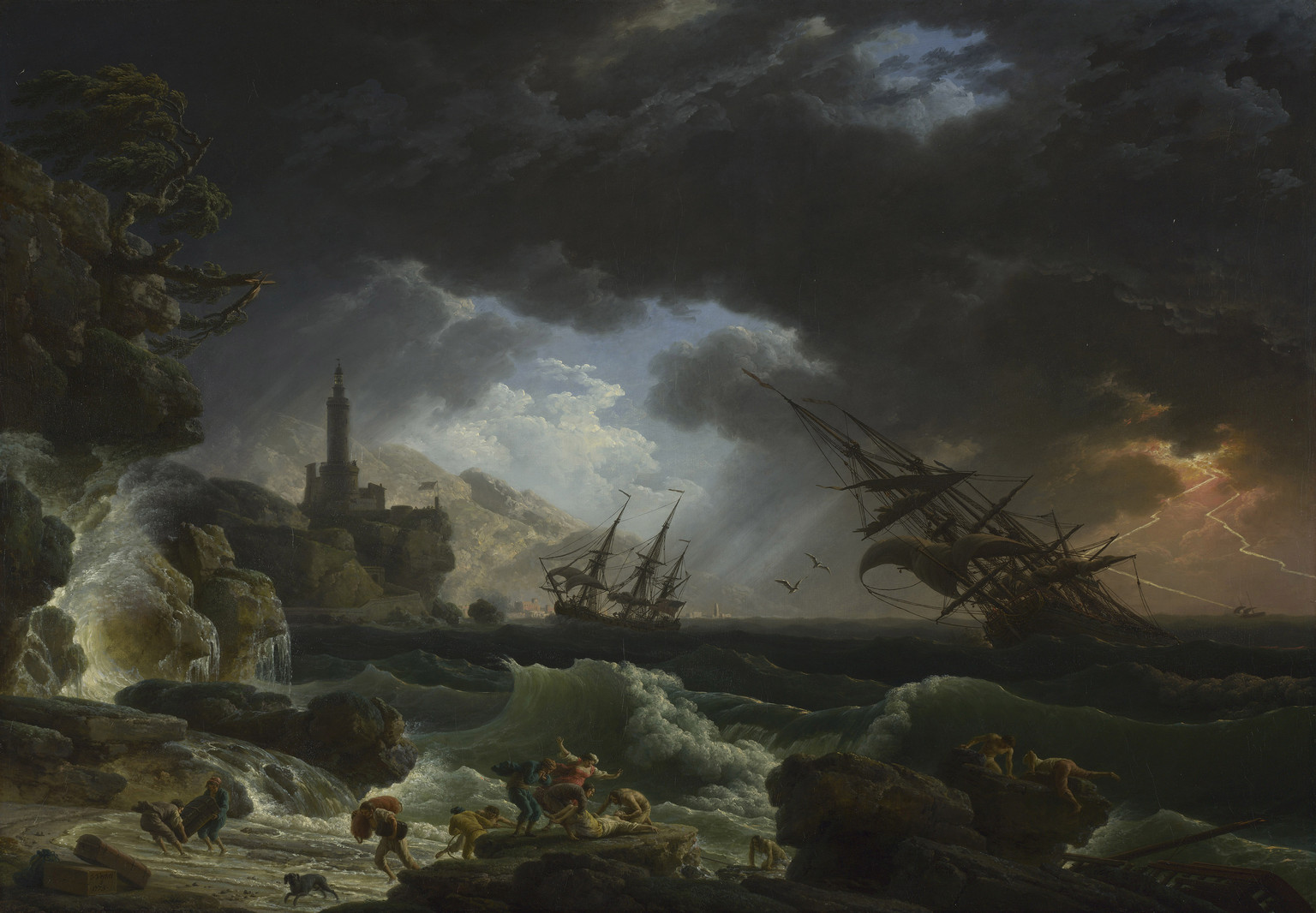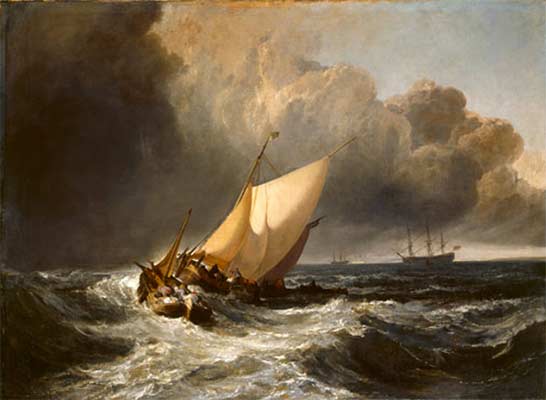What is romanticism in photography?
According to the article titled “Romanticism and Its Relation to Landscape Photography & Painting”, romanticism was an art form that rejected classicalism and focused on nature, imagination and emotion. Therefore, this started a new way of thinking and created a new type of art.
History of romanticism:
Romanticism, first defined as an aesthetic in literary criticism around 1800, gained momentum as an artistic movement in France and Britain in the early decades of the nineteenth century and flourished until mid-century. With its emphasis on the imagination and emotion, Romanticism emerged as a response to the disillusionment with the Enlightenment values of reason and order in the aftermath of the French Revolution of 1789.
In French and British painting of the late eighteenth and early nineteenth centuries, the recurrence of images of shipwrecks and other representations of man’s struggle against the awesome power of nature manifest this sensibility. For example:


Artist references for romanticism:
Roger Fenton, despite him working in a number of genres, Fenton remained consistent in his love of the British landscape and the history it enfolded. Each summer he photographed in locations revered for their ruined abbeys, cathedrals, castles, romantic associations and literary connotations. These are now considered to be among the finest architectural and topographical studies of the 19th century. Examples of his photography:
JMW Turner, throughout the first half of the 19th century, Turner was unstoppable. He dominated British landscape painting in a thoroughly Romantic style which was driven by the immediacy of personal experience, emotion, and the boundless power of imagination. Examples of is art:


The five elements of romanticism:
- Interest in the common man and childhood.
- Strong senses, emotions, and feelings.
- Awe of nature.
- Celebration of the individual.
- Importance of imagination.
The sublime:
The Sublime is a western aesthetic concept of ‘the exalted’ of ‘beauty that is grand and dangerous’. The Sublime refers to the wild, unbounded grandeur of nature. The Sublime is related to threat and agony, to spaces where calamities happen or things run beyond human control.
